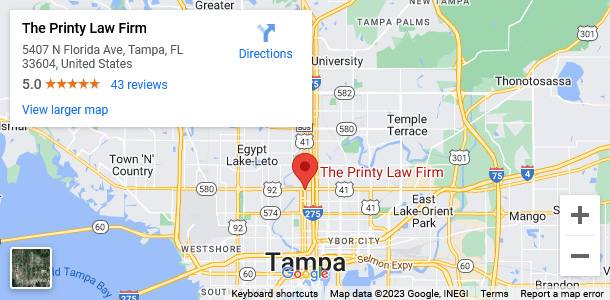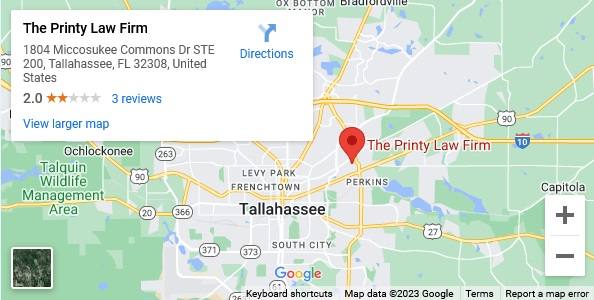Motorcycle Helmet Laws and Tips
Personal Injury Attorneys | We’ve got up-to-date helmet safety tips and state laws, so you can see how your helmet habits measure up.
Motorcycle helmet laws have been protecting bikers since 1967, when states were first required to put helmet laws in place in an effort to make highways safer. As of 2014, 19 states require all motorcycle riders to wear a helmet, while 28 states require helmets from certain riders. Three states (Illinois, Iowa, and New Hampshire) have no helmet law.
You might be a pro on 2 wheels, but do you know the rules and regulations for helmets in your state? We’ve got the latest helmet laws and safety tips to help you stay compliant in your neck of the woods.
Helmet laws by state
Depending on the safety laws in your state, you might be allowed to ride without a helmet or you might be required to wear one every time you hop on your bike. It’s good to stay current on helmet requirements in your state (or wherever your travels take you). Check out this state-specific list of helmet safety laws by the Insurance Institute for Highway Safety to see what’s required where.
DOT-approved helmets
Some states require riders to wear helmets that meet the federal standard. But, even if your state doesn’t, you’d be wise to consider wearing one. The Department of Transportation (DOT) says that motorcycle helmets help prevent fatalities … but only if you’re wearing a DOT-approved helmet. And, while some riders might fear helmets will impair their hearing or vision, government studies have shown this is not true. If you have more questions please contact the most trusted personal injury attorneys Tampa and Tallahassee has to offer!
Why worry about DOT approval? Well, for starters, it means the helmet meets Federal Motor Vehicle Safety Standard (FMVSS) 218. Sounds complicated, but this simply establishes the minimum level of performance required for the helmet to adequately protect your head and brain if you crash. Before they ever make it to stores, DOT-approved helmets undergo rigorous testing for:
- Impact — the total capacity for absorbing shock (so that you don’t)
- Penetration — the ability to withstand a blow from something sharp
- Retention — the chin strap’s durability and ability to stay securely fastened
- Peripheral vision — a minimum visibility of 105 degrees on each side of the helmet
So you can be sure that your helmet has been proven to withstand a wide range of physical trauma (collision, speed… you name it) before you ever wear it on the road.
What to look for in a helmet
You can get specifics on what constitutes a safe, DOT-approved motorcycle helmet from your local DMV, but here are a few things to look for when shopping for a helmet:
- A hard outer shell designed to lessen the force of the impact to your head if you crash.
- A firm inner liner to absorb impact — about one-inch of thick polystyrene foam. You should be able to feel its thickness, even if it’s not visible.
- A weighty helmet, about 3 pounds, which tends to be a bit heavier than less safe models (which often weigh about one pound).
- Good quality rivets and a sturdy, well-fitting chin strap that also has the date of production stamped on it (newer models do — if yours doesn’t, it’s probably time for a new helmet).
- Proof of DOT approval: a sticker on the back of the helmet’s outer shell with either “DOT” or “DOT FMVSS No. 218 Certified.”
- Labels inside indicating that it meets approval by Snell or the American National Standards Institute (ANSI). Because Snell and ANSI have some of the highest standards in the world, their labels generally imply that the helmet also meets federal standards. But this isn’t always the case, so be sure your helmet has independent DOT approval, above all else.
Novelty helmets
Keep in mind, novelty helmets — which typically have a sleeker look and fit closer to the head than DOT-approved helmets (because they have minimal padding and a thinner shell) — don’t provide the best protection or comply with state or federal laws. Though some stores sell DOT stickers for use on noncompliant helmets, applying these stickers does not make the helmet lawful. Need more tips? Contact the personal injury attorneys at Printy&Printy!
No matter what your local laws dictate, it’s always worth seeking out a certified helmet. Not only are head injuries the top cause of death in motorcycle accidents, but a rider who isn’t wearing a helmet is 3 times more likely to suffer brain injuries in the event of a crash. A good-quality helmet is an affordable, easy way to help protect your brain, your head, and your life while riding your bike.
When to replace your helmet
If your helmet is well maintained and hasn’t been in an accident, it’s advised to replace it once every 5 years if you’re an occasional rider or every 3 years if you’re a regular rider.
Because a good fit is essential to protecting your head, it’s best to try on helmets before choosing one and avoid buying yours online.
You should also buy new, never used. The protective foam inside of a helmet molds to the shape of the rider’s head over time, so a used helmet can’t properly adjust to the shape of your head the way a new helmet can.
Plus, you might not be able to tell just by looking at it, but a secondhand helmet could’ve been damaged in a crash. And if you’ve been in a crash, the same rule applies: though you might not see any obvious damage to your helmet, the interior might have been impacted and your safety could be compromised next time you ride.
Protect your bike, too
Want more ways to protect yourself as well as your bike? Check out these safety tips to help you make the most of your ride.
If you’re forced to bike in bad weather, we’ve got some advice on how to navigate the elements and get home safe and sound. -Esurance
For more information do not hesitate to call our Personal Injury Attorneys at Printy Law Firm | Tampa 813.434.0649 | Tallahassee 850.877.7299





